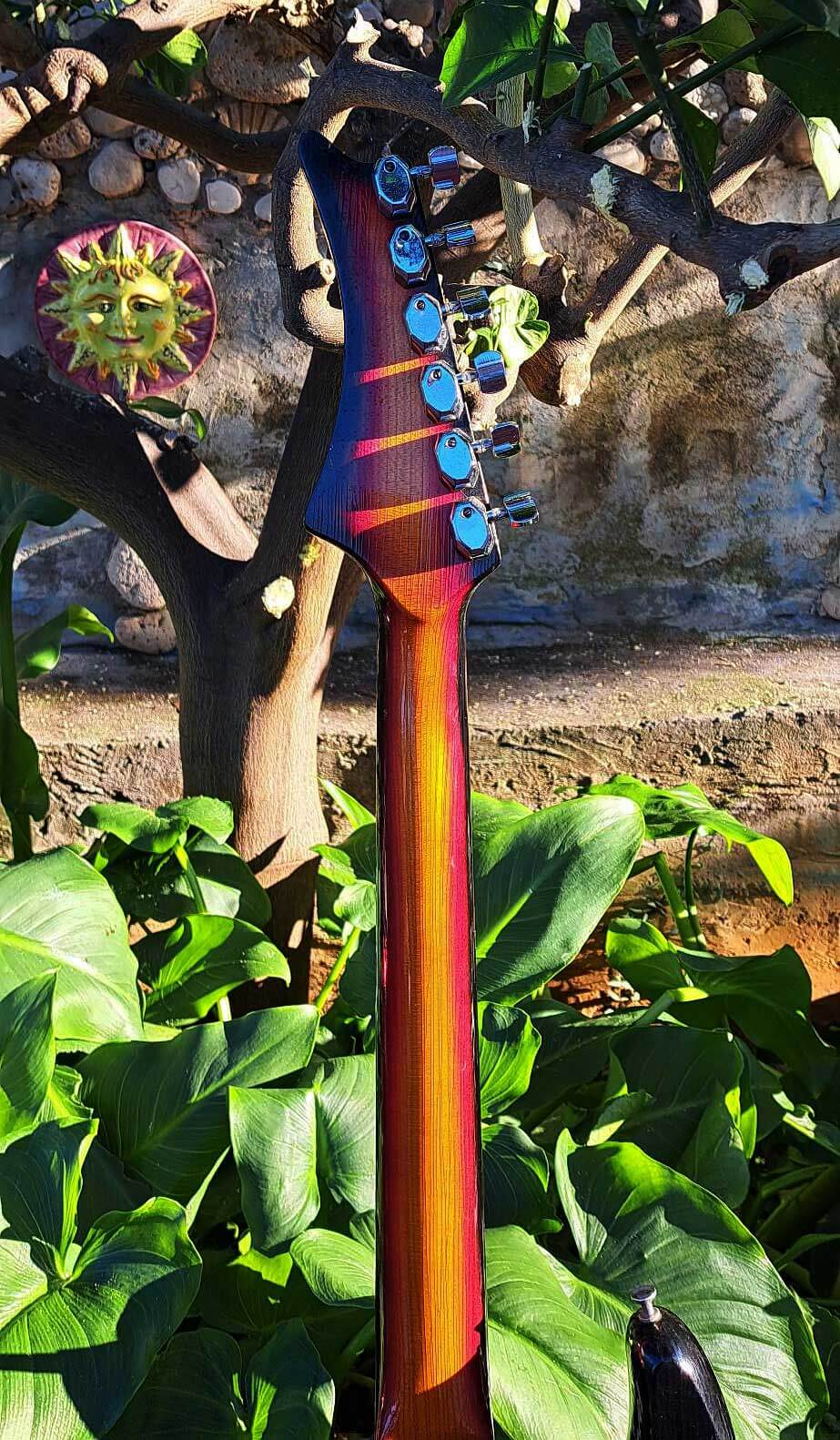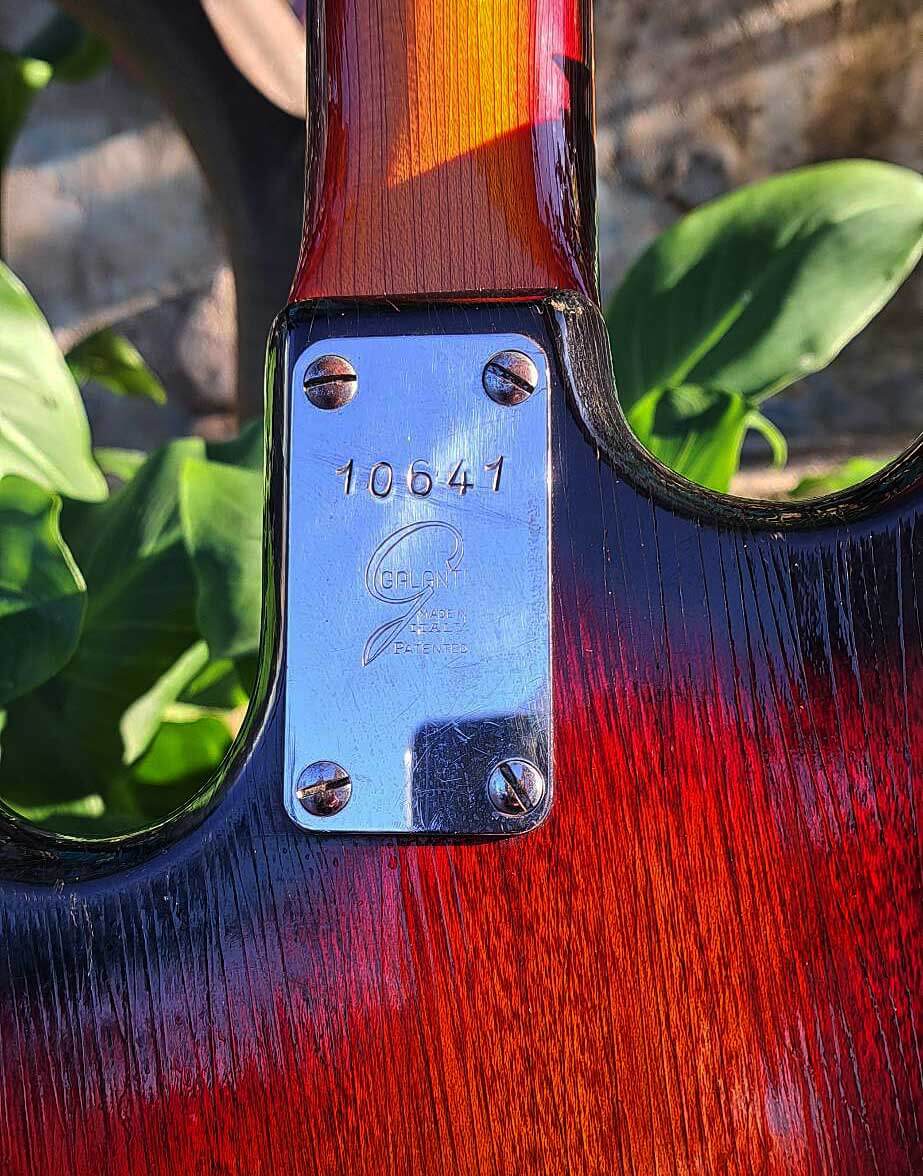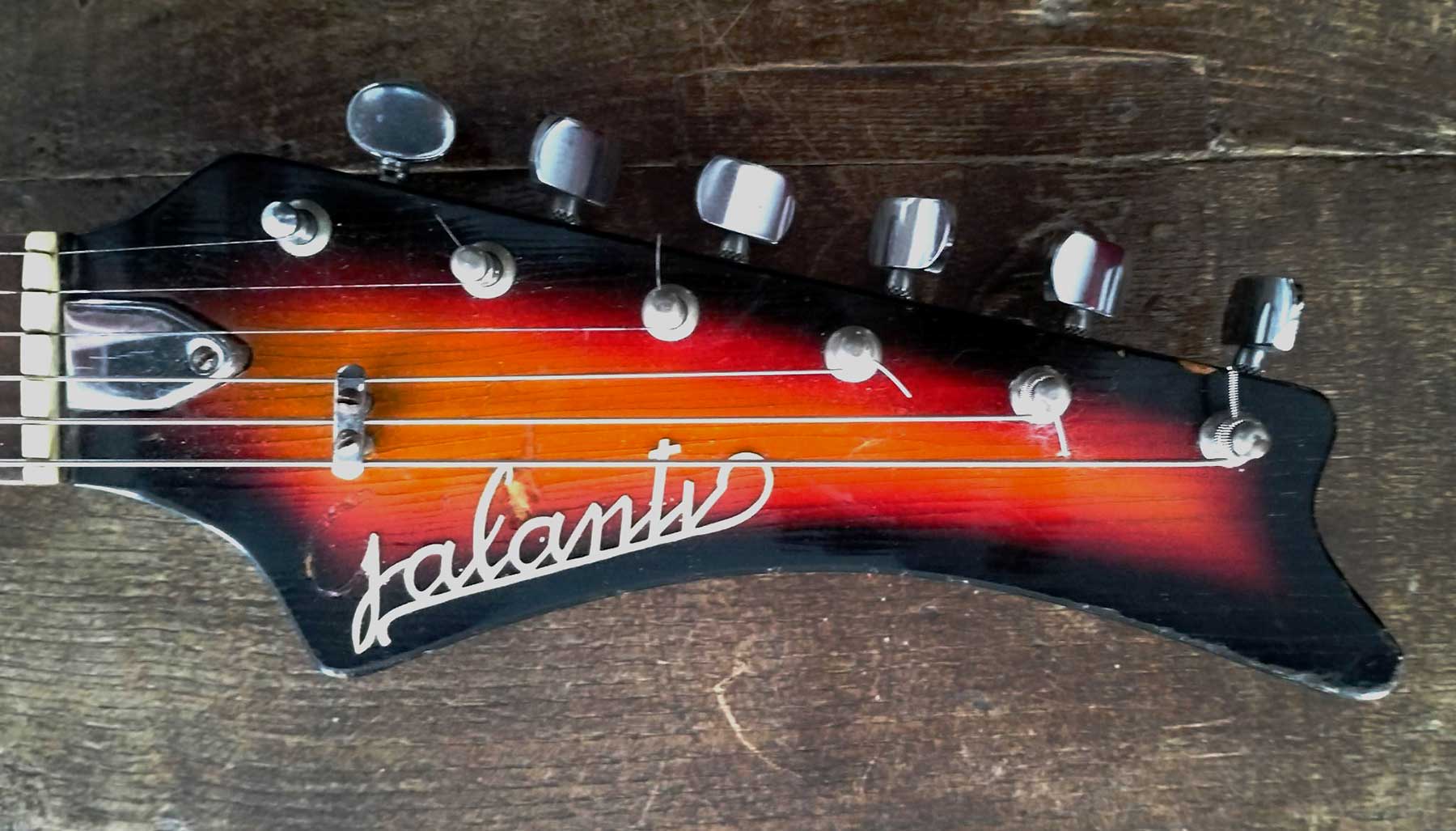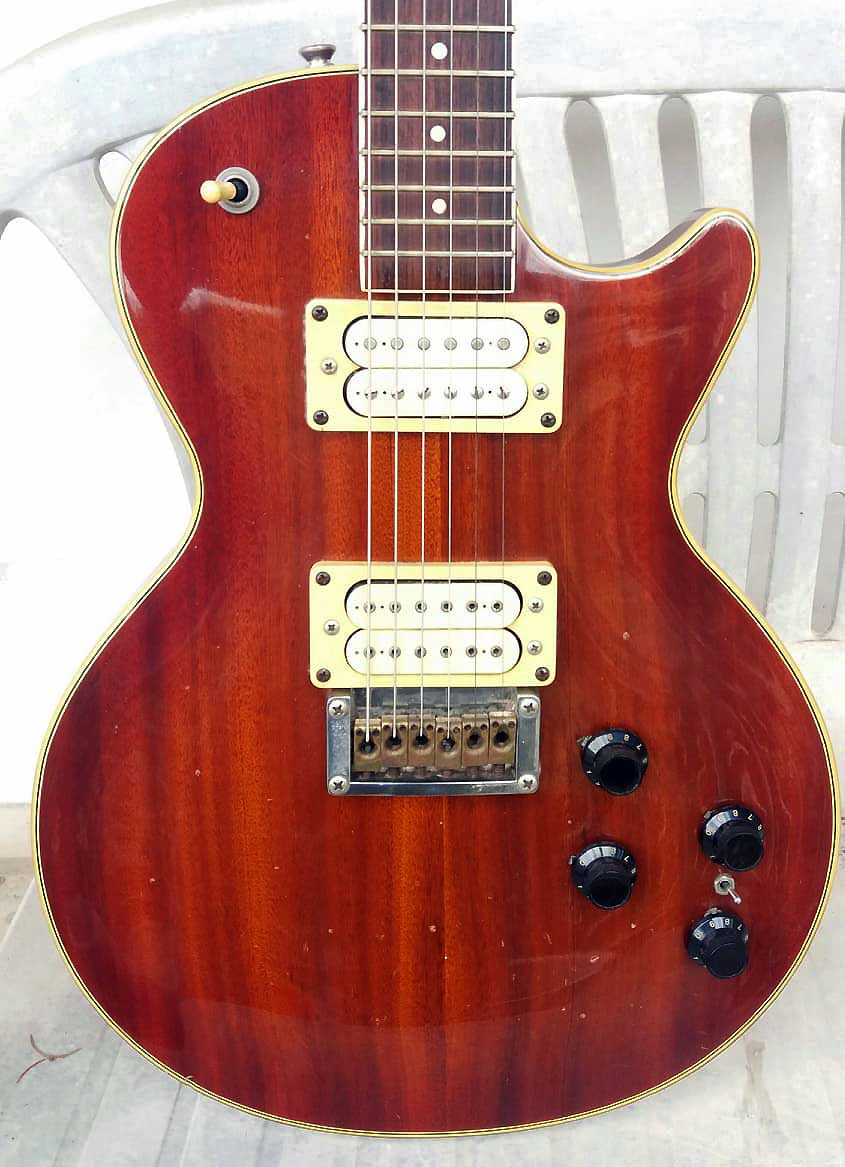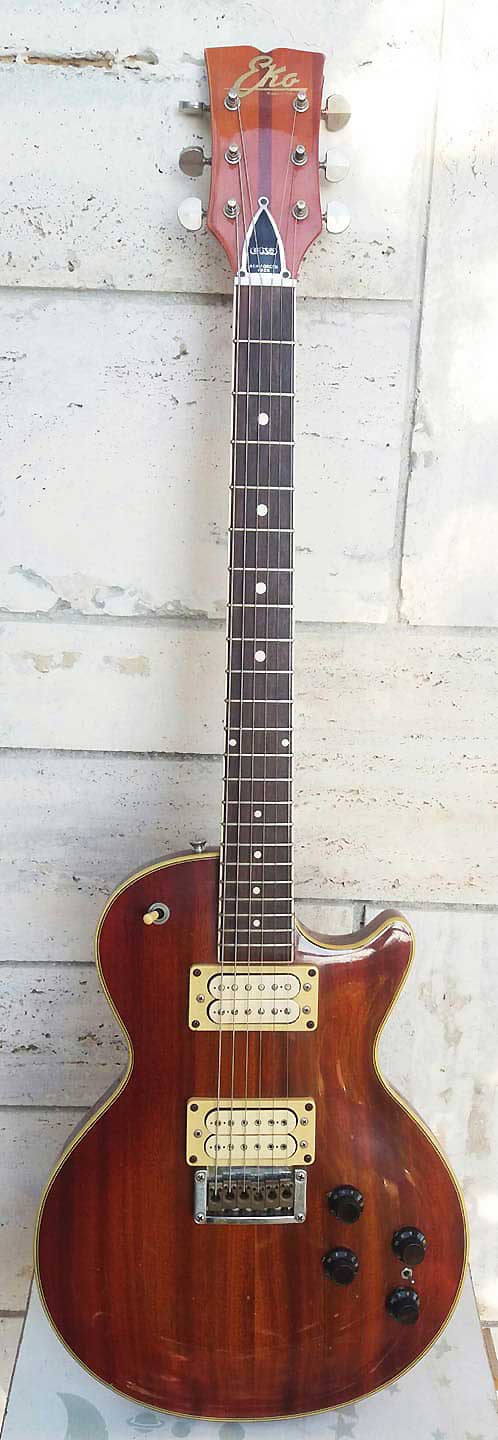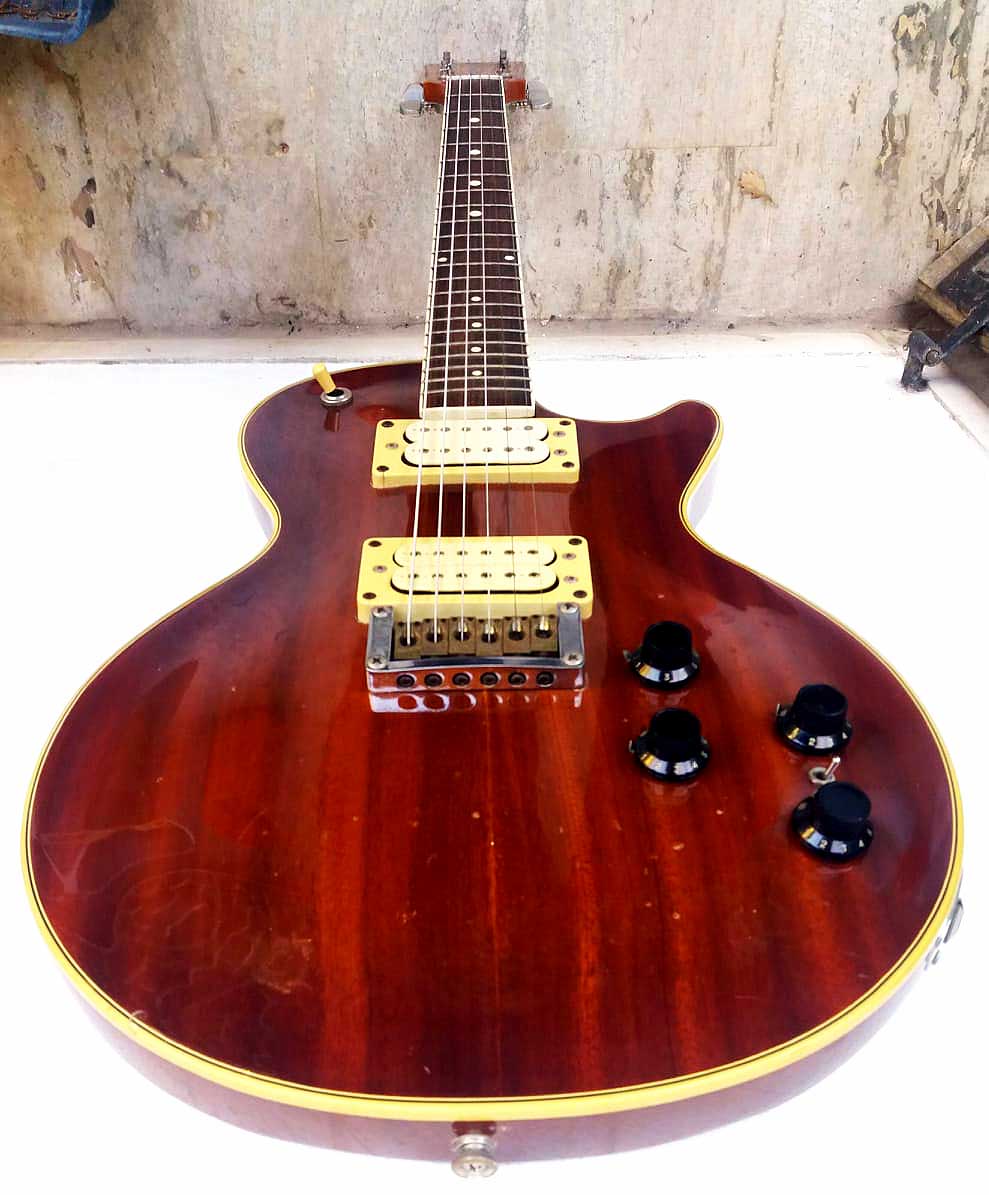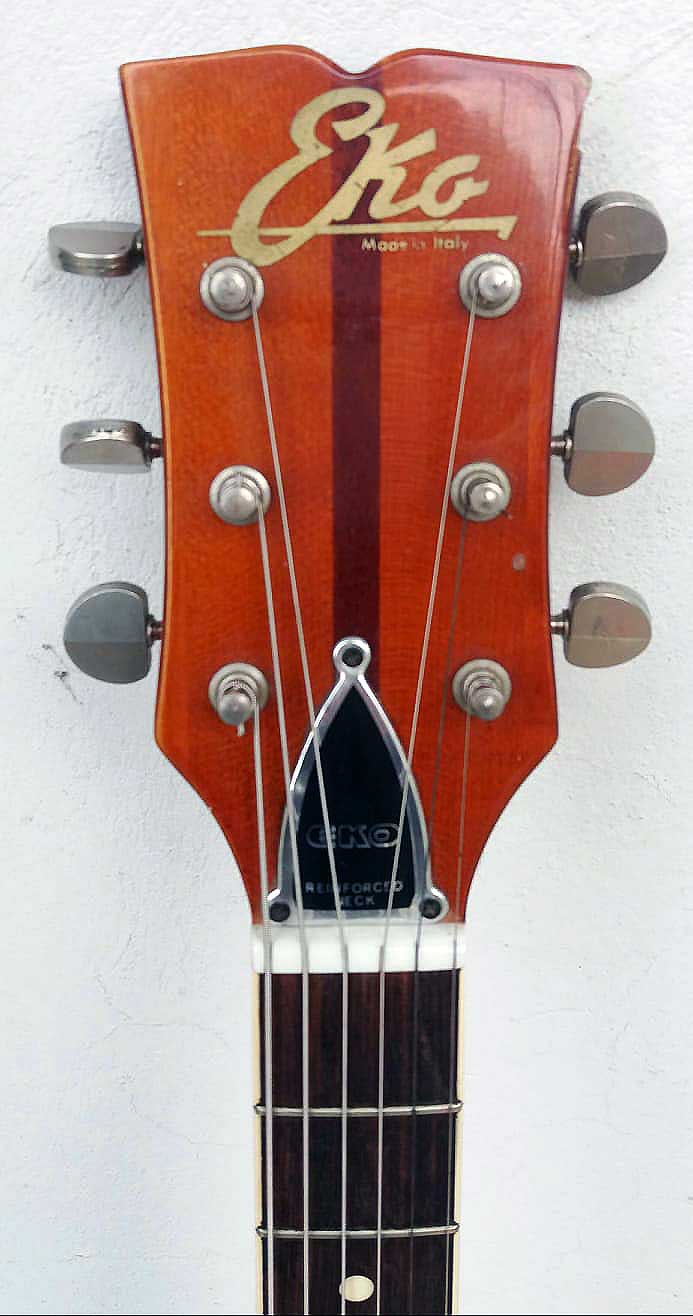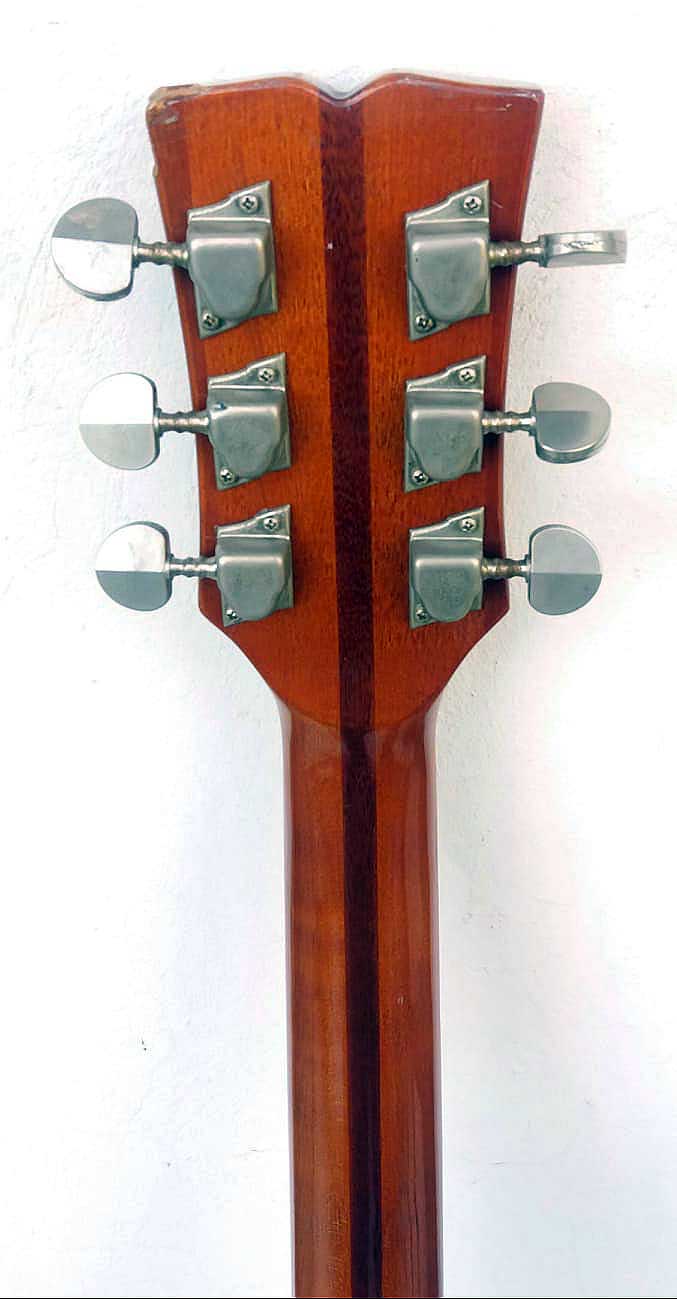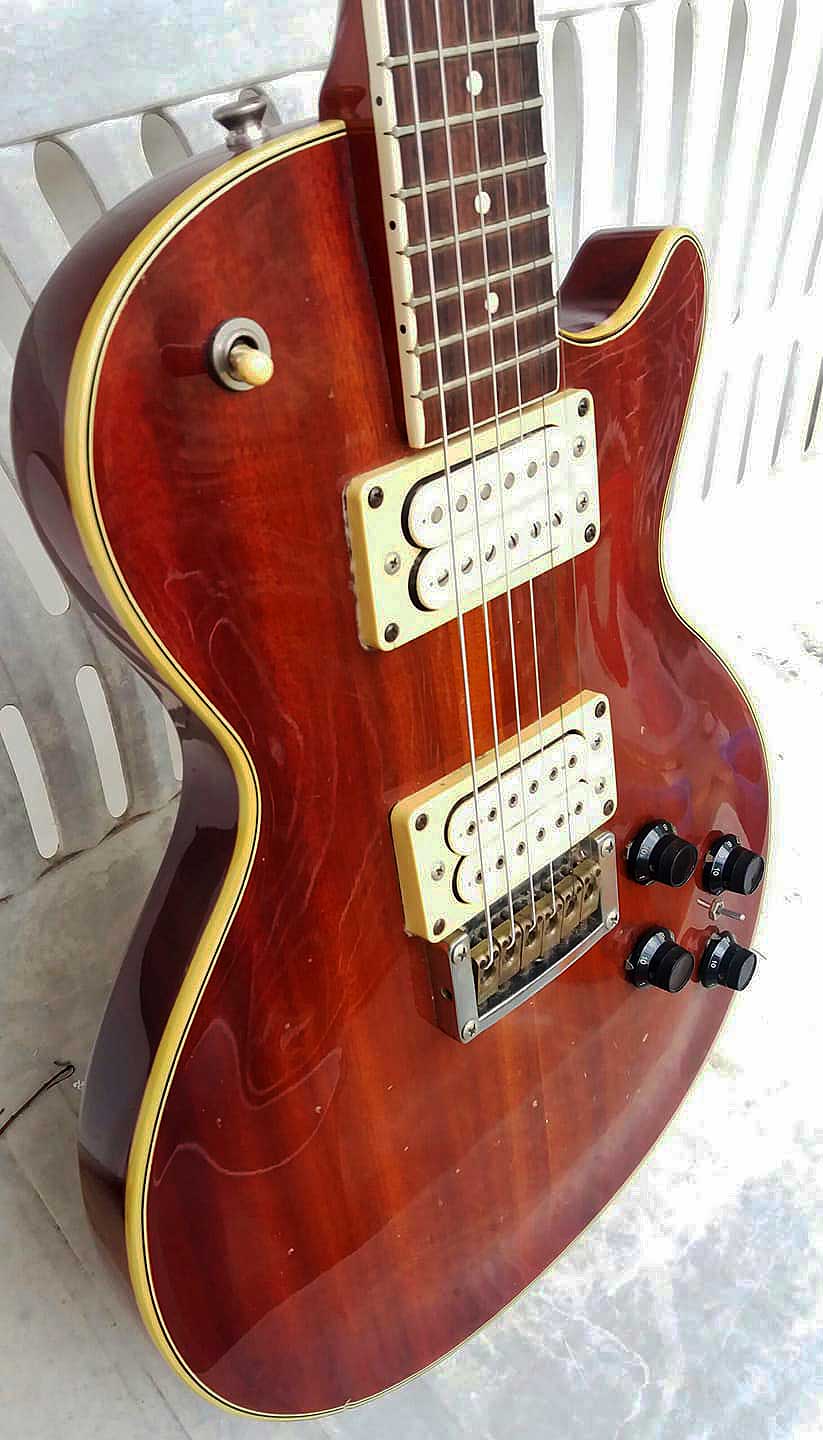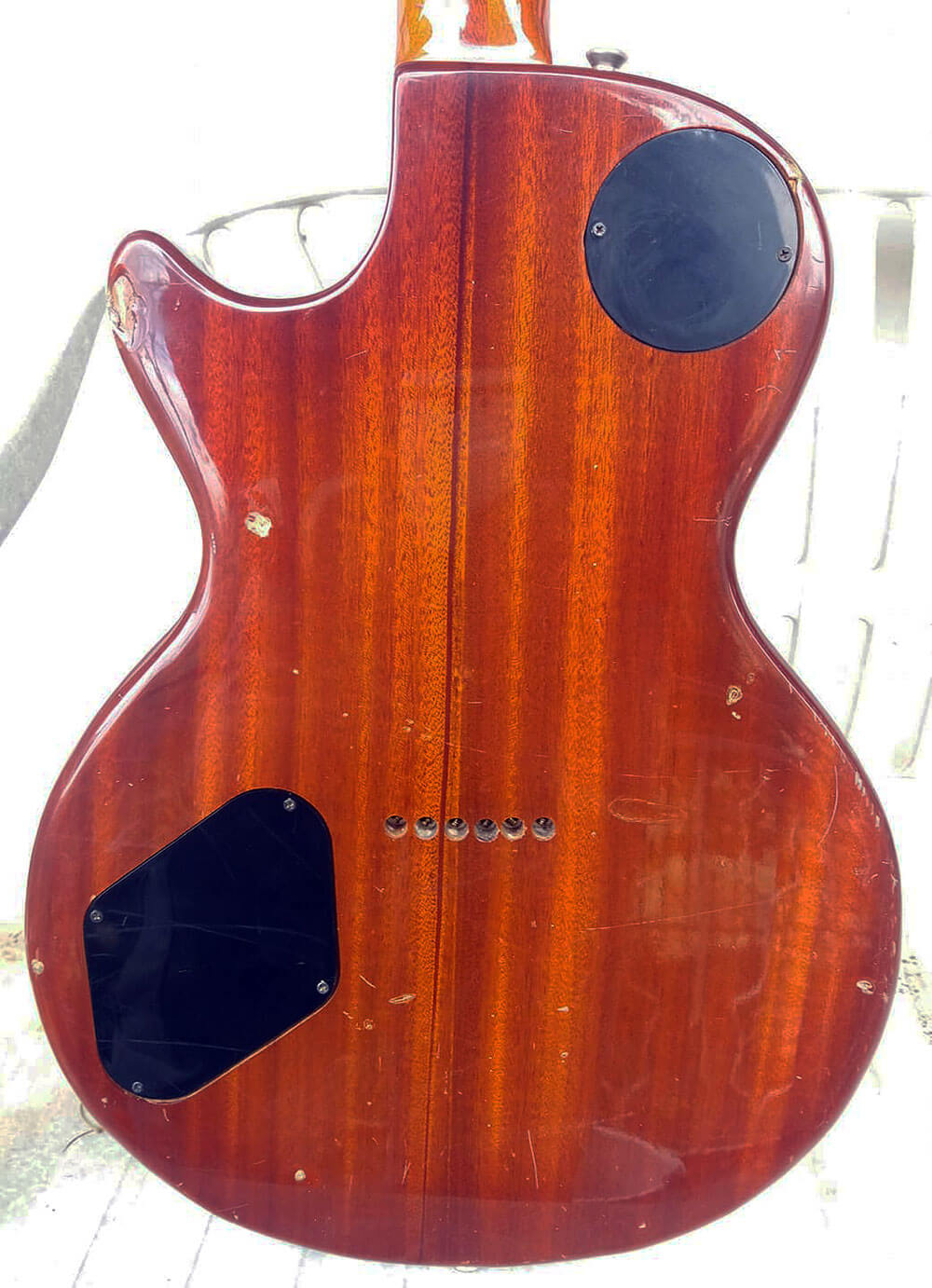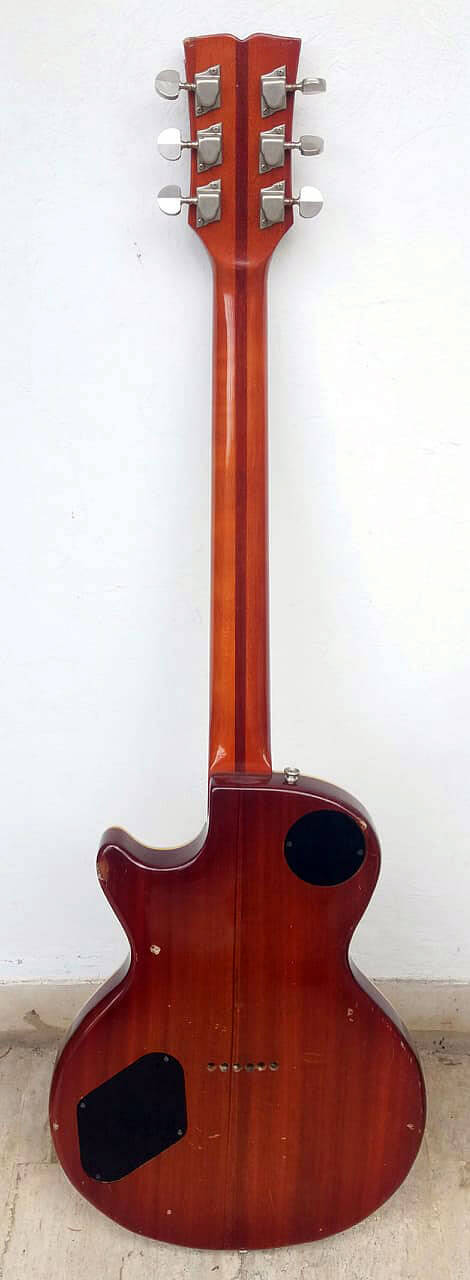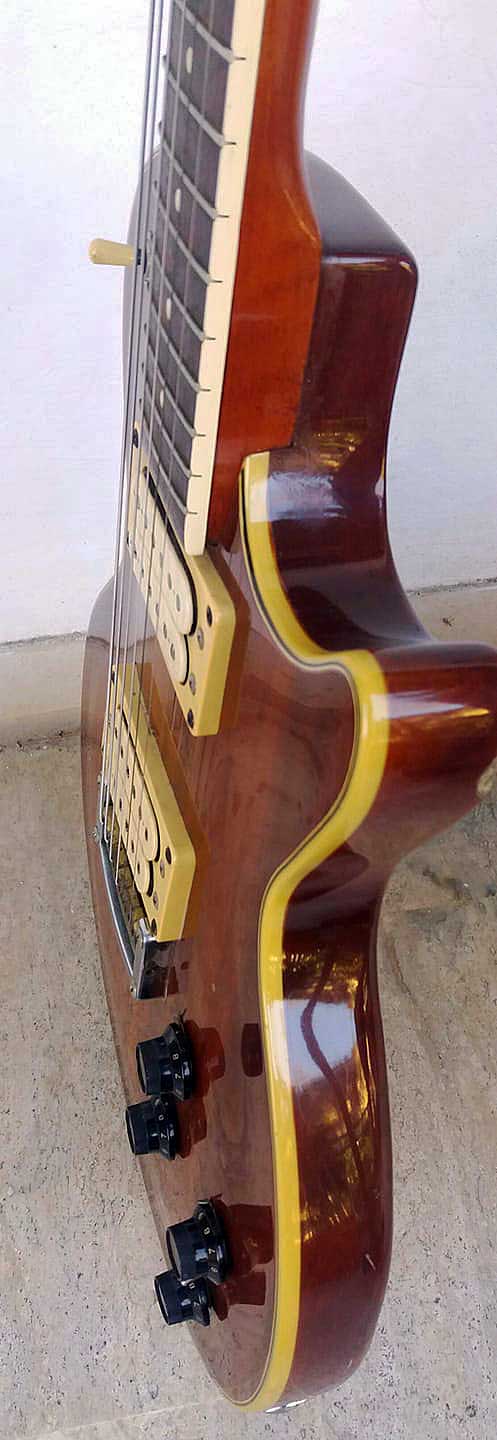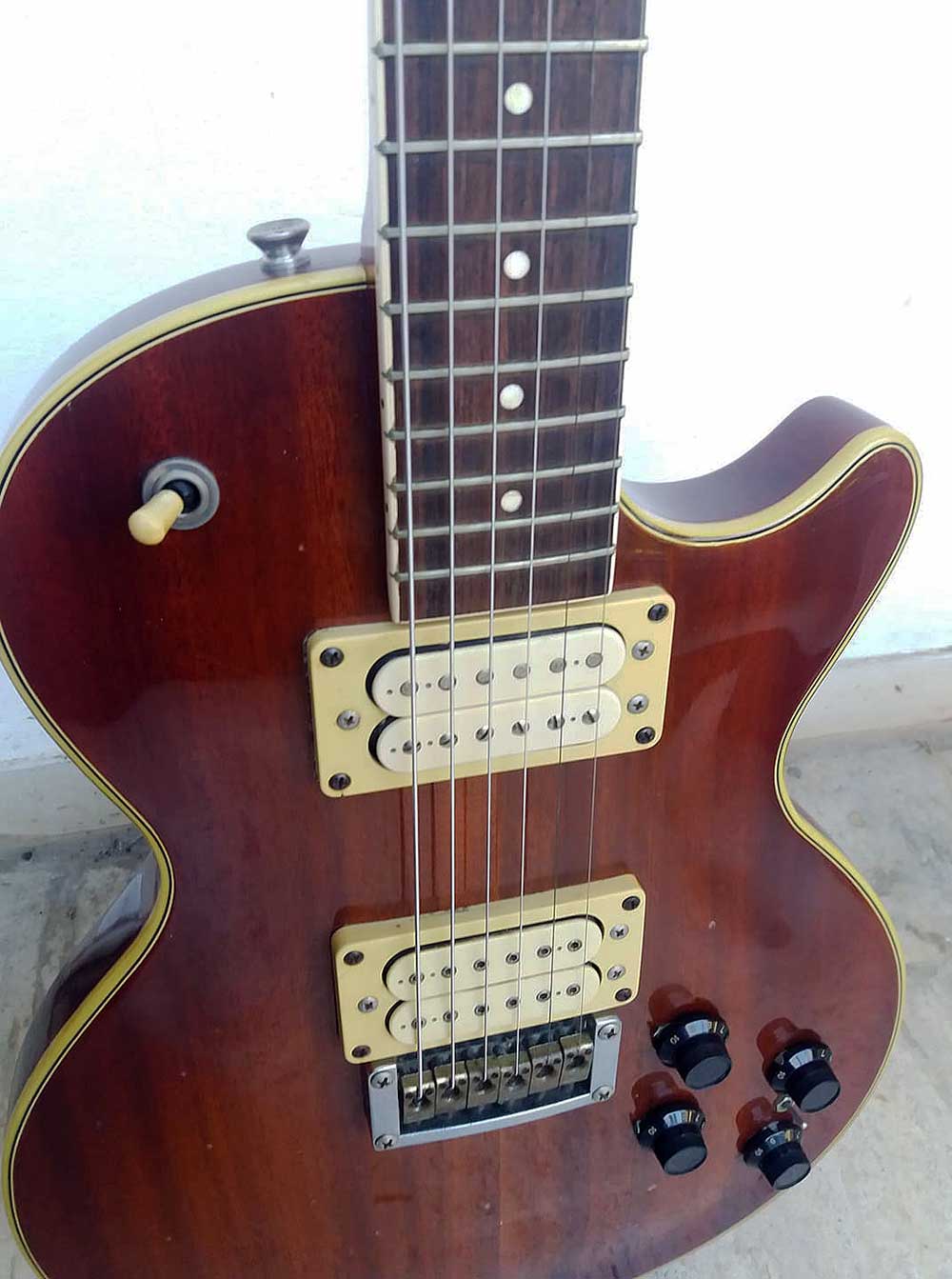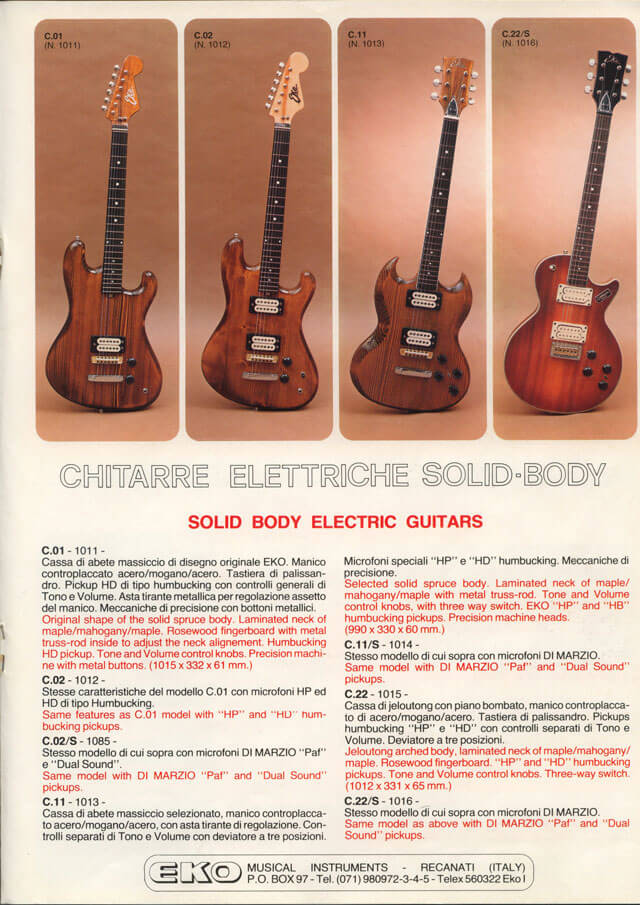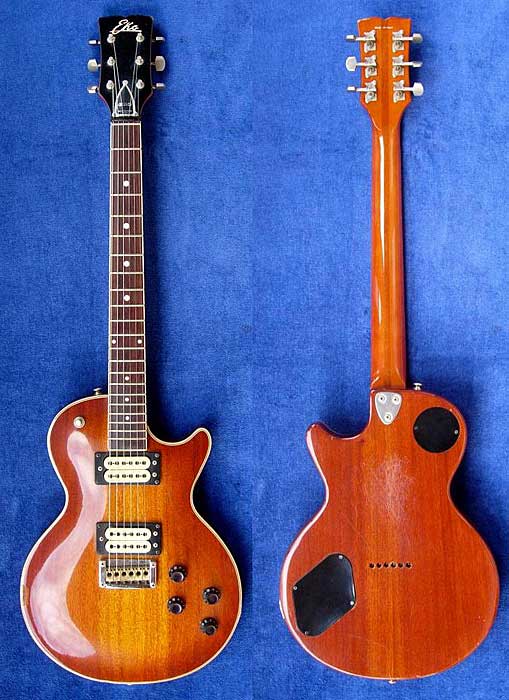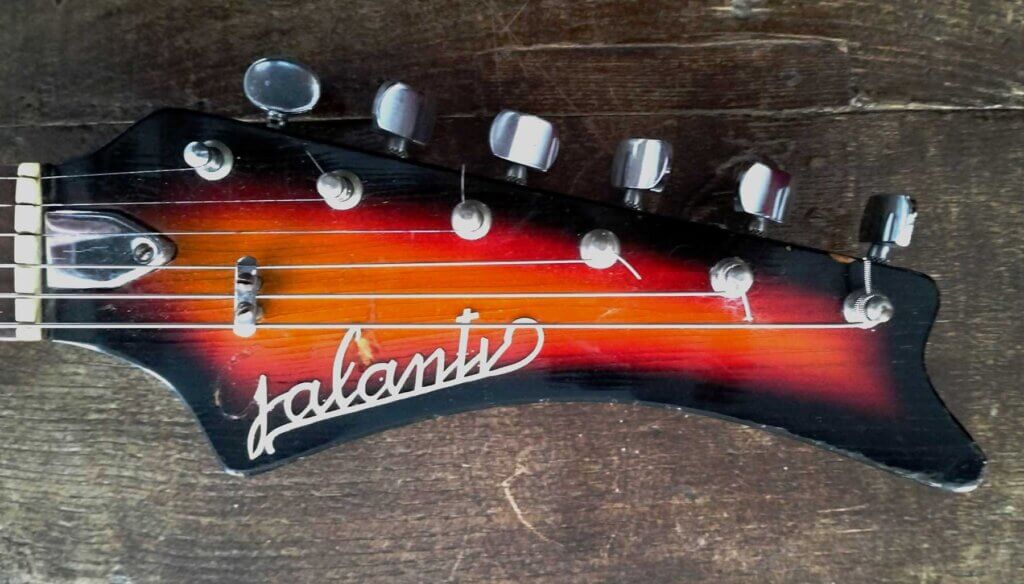
”Guest of this Classic2vintage article is a splendid and rather rare Galanti from the Solid Body series, a little surprising guitar.
Lorenzo
Galanti was located in Romagna in Mondaino, a few kilometers from Recanati and the Adriatic.
The Galanti brand is linked to high-quality accordions and saw its birth in 1924 when three of the sons of the progenitor Antonio, a former carousel man, a skilled craftsman in love with music as well as the true initiator of the company and builder of the first accordions, founded the Fratelli Galanti and, moving to the USA, the export and sale of the company’s products began.
After the war, due to disagreements within the family, the company split into two branches which went their separate ways, one converting to electronics and keyboards (see the first Eko amplifiers and the Ekosonic organ) and the other, led by Antonio’s younger son Angelo, continued with the production of accordions to which vibraphones and guitars were added.
The design of the guitars began around the second half of 1962, making use of the talented craftsman Francesco Maioli who had previously amazed the management thanks to his expertise in the construction of the accordion cabinets and became the head of the guitar department.
In 5 years about 16,000 guitars were manufactured (1962/67) including very few sold under other brands such as Jetstar, Continental and Tonemaster. In 1967 a more consistent production was instead made for the Goya brand with the name Panther after which in 1968, following the premature death of Angelo, the company closed.
Excluding the pickups (purchased in nearby Castelfidardo from Nando Marchetti) and the tuning keys made by Van Gent, every other part of the guitars was internally produced in the Galanti factories, including the bridge and vibrato.
A particularity of Galanti guitars is the truss rod which can be adjusted both from the headstock and from the neck heel, a feature they have in common with Bartolini’s instruments.
In addition to the beautiful semi-acoustic guitars, the Galanti mostly produced and best-known guitar is undoubtedly the model universally known as the Grand Prix, a beautiful offset with 6 or 12 strings whose name perhaps derives from the award won at some international fair or from organizations of sector.
The bodies were covered with two shells of some sort of veneer or plastic material in imitation of wood and the two parts were joined by a white band decoration running along the edge of the body.
Then come to the rarest models defined as Solid Bodies, of which the strat-like presented here belongs to our friend and affiliate Renato Cavallaro, owner of a big family collection including the Wandre Blue Jeans seen in a previous article:
“Then I found myself with 136 guitars plus various amplifiers, all from the 50s/60s/70s and almost all inherited from a paternal uncle who, not having married, had a passion for musical instruments.
Having a musician son who loves vintage amps but not guitars, I made the decision to sell them keeping just a few, including this one.
Of the Galantis I preferred to sell the Grand Prix and keep this Solid Body because I’ve always liked its different and scratchy sound, also different from its sister Grand Prix.
When friends come to visit me they always ask to play it because they are in love with its so particular sound that they say takes them back in time, which I fully agree with.
When you pick up a vintage guitar, you smell its scent, carefully observe its workmanship, compare it with today’s guitars and perhaps discover the differences, but the charm and the elegance of that period, none of the modern ones will ever give you that…”




